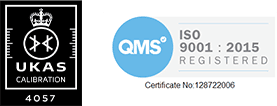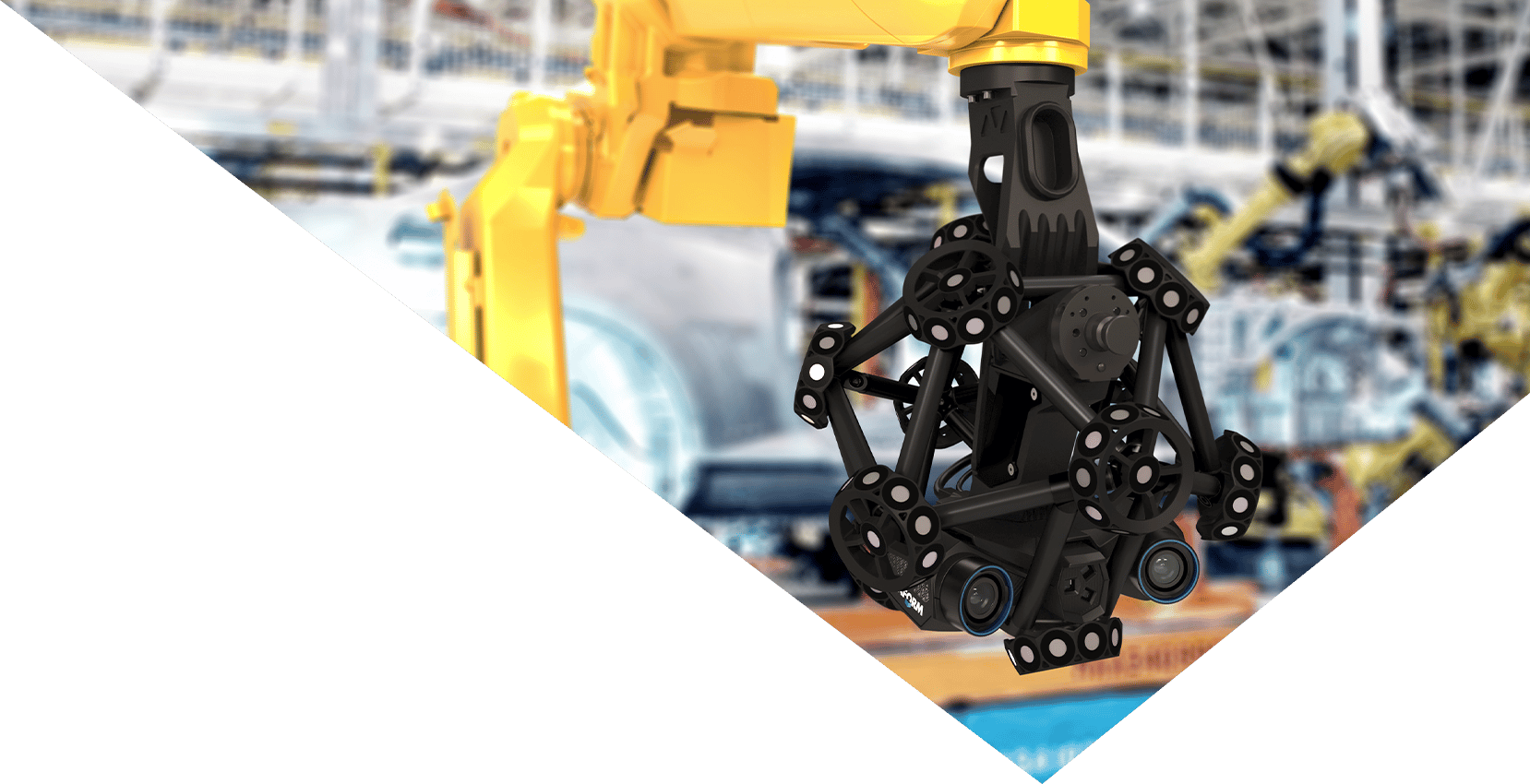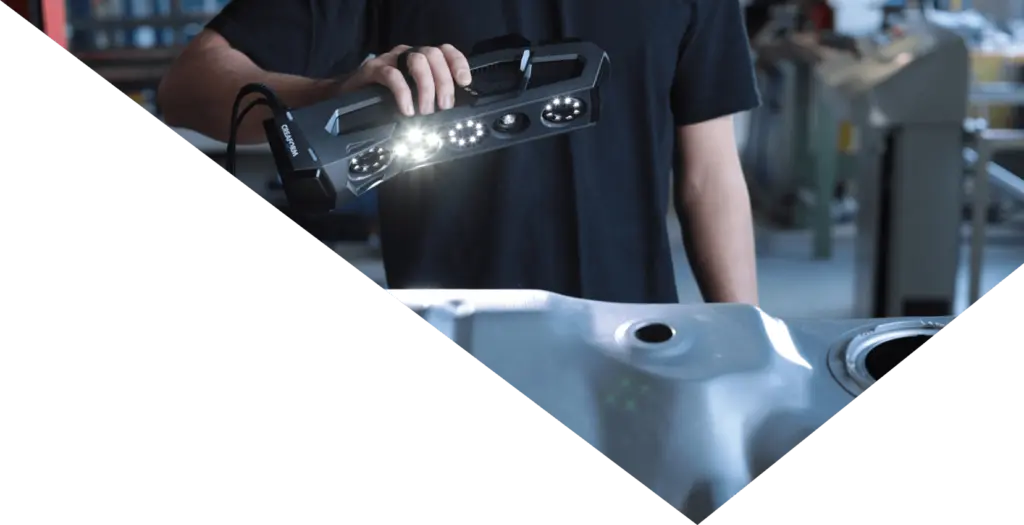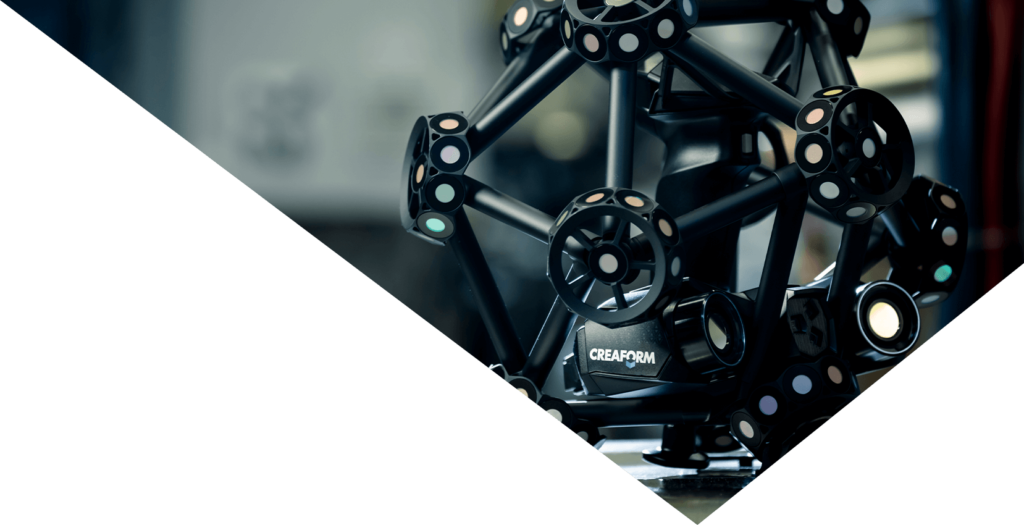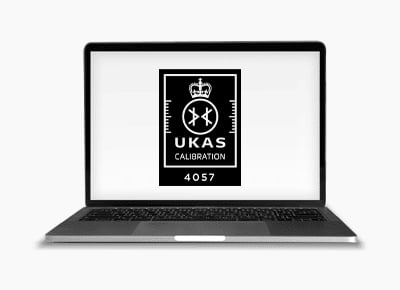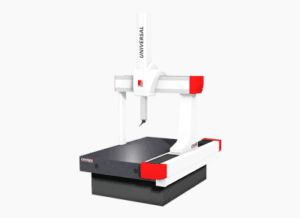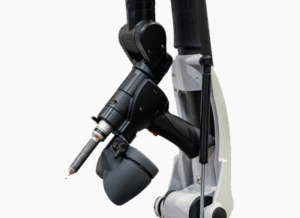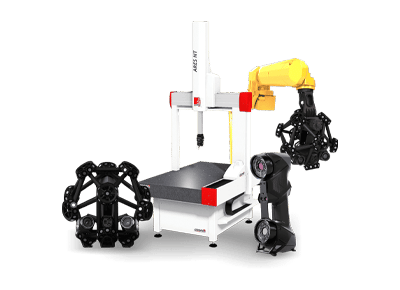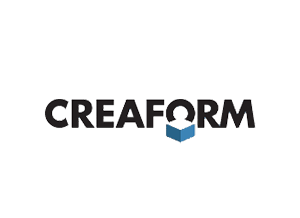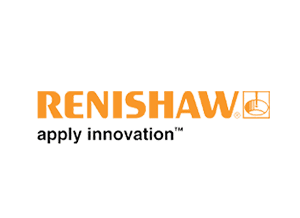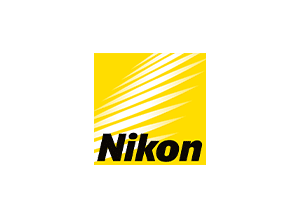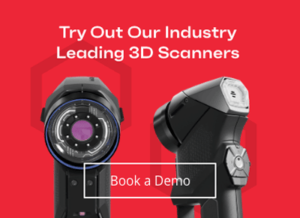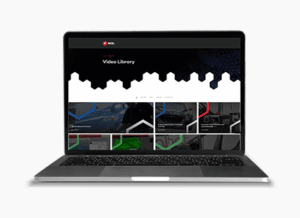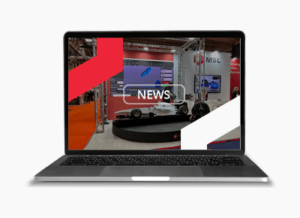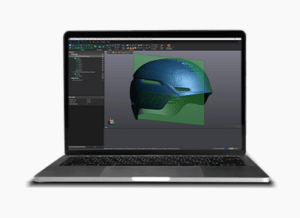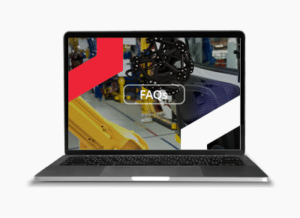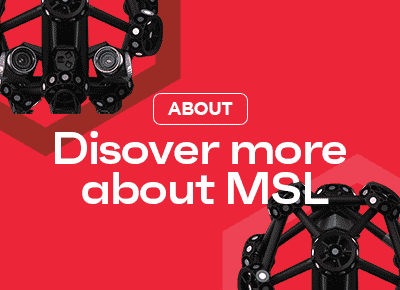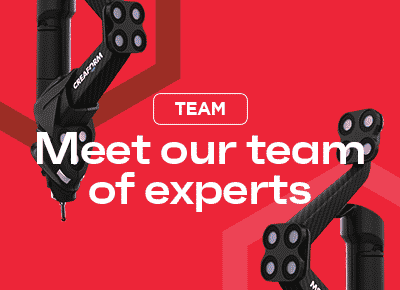Reproduce Historical
Artefacts and Objects
Introduction
Reduce Production Times
Although our scanning solutions are primarily used for manufacturing applications, they often find uses outside the recognised manufacturing sectors. A typical example of this are the heritage and multimedia sectors, where scanning plays a major role in 3D visualisation and artefact archiving.
An established and trusted provider of 3D measurement solutions in multiple industries;
3D Copying of Exhibits
Many artefacts and exhibits in some of the World’s leading museums are invaluable. This means many artefacts may not be exhibited or transported to other museums due to the exceptional value of these unique items.
By utilising 3D scanning, artefacts can be copied using 3D printing and visualisation techniques, such that valuable exhibits can be stored safely with public access to perfect replicas. In addition, 3D scan data can be easily transmitted across the globe so that other museums can display the same artefacts at little or no cost.
Preservation and Archiving
Preservation and restoration of museum artefacts is essential to ensure artefacts remain safe and sound. One example of a company offering conservation services is Fatum Arte, based in Madrid and London.
The company specialise in 3D scanning of museum exhibits for the purpose of preservation and recording of artefacts. Using the latest Nub3D scanners, the company has been involved in travelling the world to record the details of many well-known exhibits for organisations such as The British Museum in London and Biblioteca Nacional in Madrid.
Reverse engineering for aftermarket
In archaeological applications, artefacts are often found that cannot be transported due to many reasons. Our portable 3D scanning solutions have found many uses in isolated locations where archaeological finds need to be recorded accurately for further study.
In many cases, the data must be acquired in inaccessible or inhospitable locations, so our portable devices are welcomed by many companies as a quick and reliable way to record such information.
Special Effects
If there is one thing the latest blockbusters depend on, it is the “wow” factor of special effects. However, have you ever wondered how what we see on the screen is actually created. In many cases, it involves 3D scanning of models to create a virtual 3D world in which we can all live out the fantasies of the film director.
Our scanning solutions are used to create a wide range of special effects from simple props to creating alien worlds.
Online and Gaming
The use of 3D visualisation provides a wide selection of uses for web developers. Retail sites now have the opportunity to display products in 3D rather than using 2D photographs. Car manufacturers can display your new car selection with different colours, wheels, seat fabrics and interior colours, allowing you to see and even sit inside your new car before it has even been built.
For games consoles, the race to provide users with more reality continues to gather pace. Once again, 3D scanning plays a major role, in particular with the re-creation of famous sportsmen and women for our favourite sports games.
Technical and Service Manuals
The days of paper technical manuals are long gone, with documentation now being supplied electronically. By using 3D scanning, manufacturers now have the chance to re-create components of equipment to provide virtual reality visuals that can be interrogated and pulled apart by users to understand how a product is assembled.
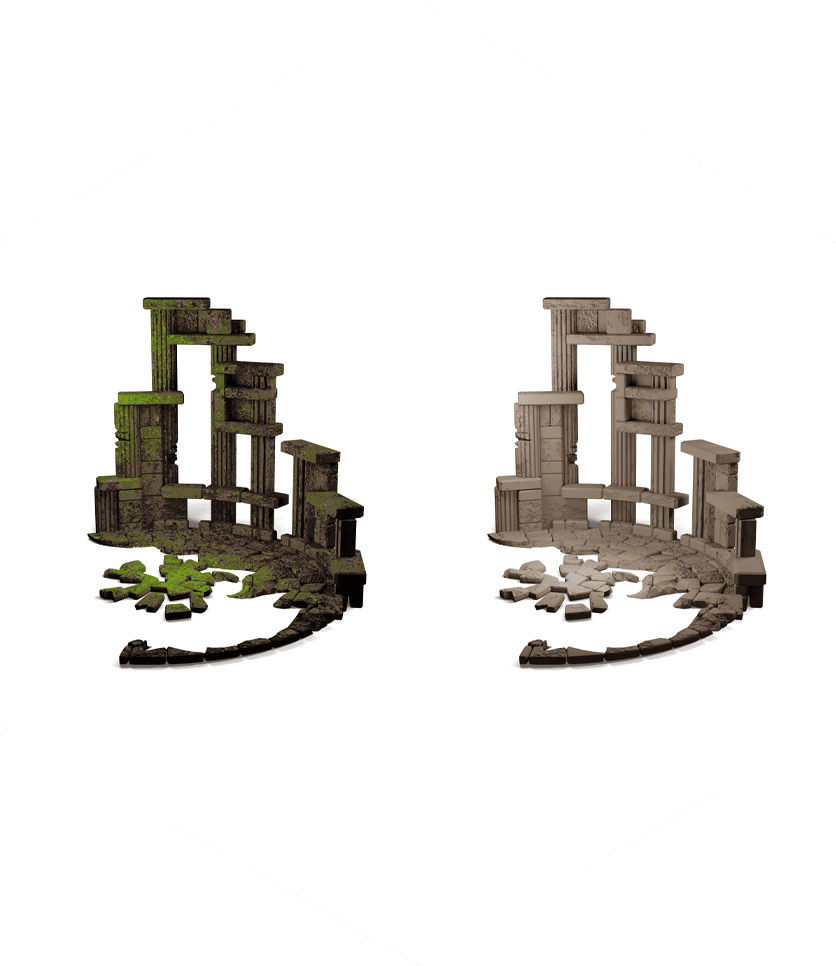
Book a demonstration
Call us today: 01733 352 252
Book a demonstration
Stay Connected
For the latest industry information sign up to our newsletter today

